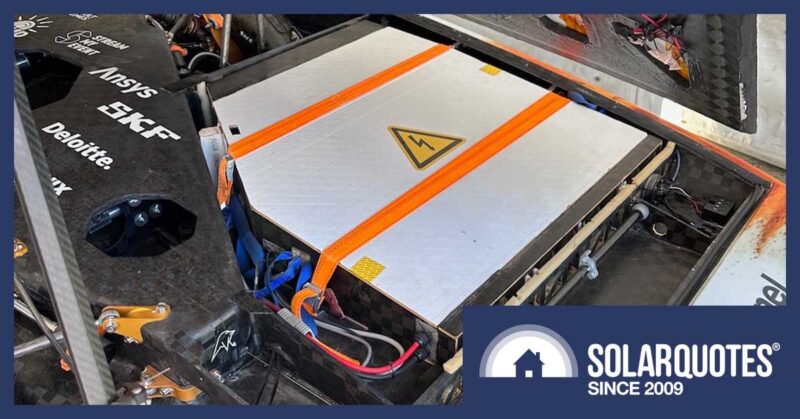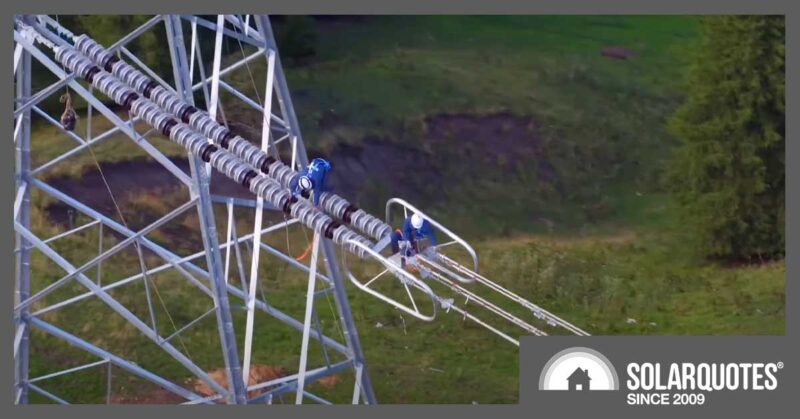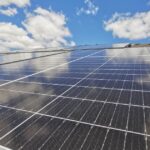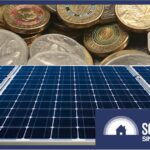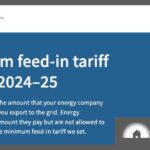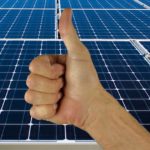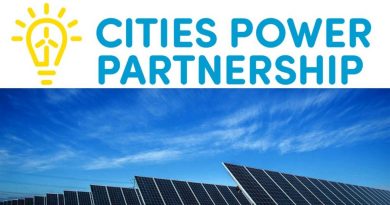Victoria Planning To Abolish Minimum Solar Feed-In Tariffs
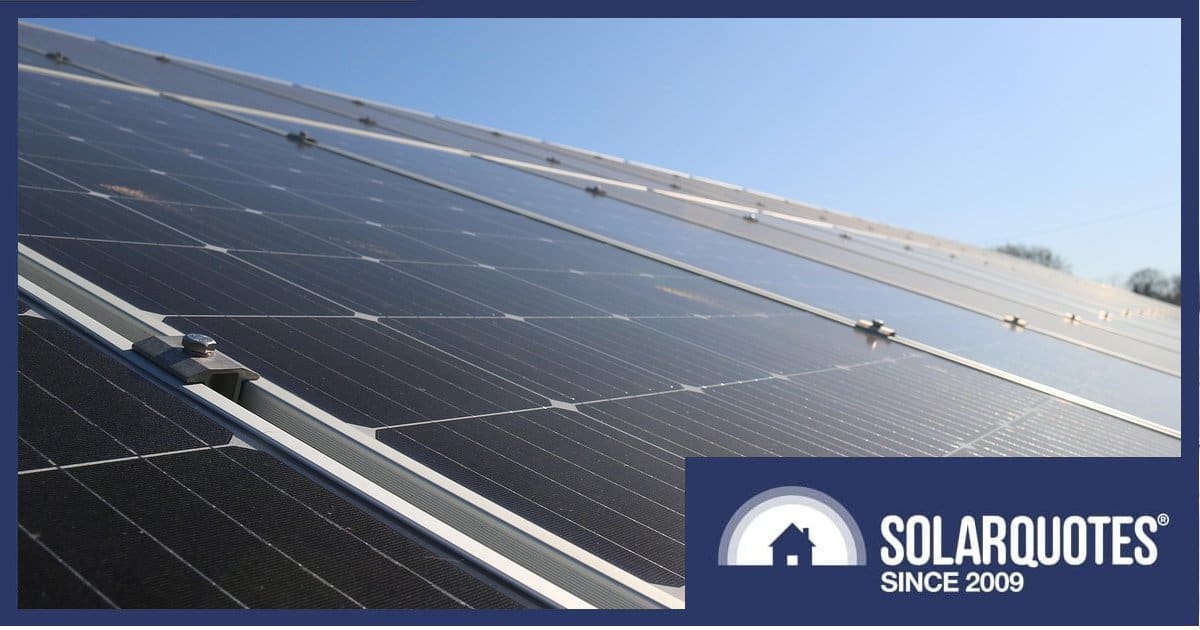
It’s been reported the Victorian Government will no longer set minimum solar feed in tariff (FiT) rates, bringing it into line with several other states.
Currently, minimum rates are set annually by the state’s Essential Services Commission (ESC). For the 2024/25 financial year, the minimum flat rate feed-in tariff in Victoria is 3.3 cents per kilowatt-hour exported to the grid; and there are also minimums set for time-varying rate options.
But in January, the ESC proposed a flat rate of just 0.04 c/kWh for 2025/26 – basically nothing. Between 0 cents and 7.5 cents has been proposed for time-varying rates, with 0 cents covering most of the daytime “solar window” periods. After reviewing submissions on its draft decision, a final decision for 2025/26 is to be published by 28th of February; unless this reported change is to kick in beforehand.
I guess there’s not much point setting a minimum feed-in tariff going forward if it’s going to be pretty much zero for the foreseeable future. But as in other jurisdictions where a minimum isn’t set (South-East QLD, NSW, ACT, SA), electricity retailers will be able to continue to offer payments – and many elsewhere do. Of course, that doesn’t guarantee retailers in Victoria will follow suit.
The primary reason given for the ongoing slashing of FiTs in Victoria is due to a glut of solar energy exports in the grid during daytime hours – particularly between 10am and 3pm. This is increasingly pushing wholesale prices into negative territory at times. As has been pointed out, this is a good news story in that, in addition to the emissions reduction, it means lower retail electricity prices than they might otherwise be; benefiting all.
The plan to abolish minimum feed-in tariffs, reported on The Age, was to be announced on the weekend by Victoria’s Energy and Climate Change Minister Lily D’Ambrosio. But nothing has popped up on the VIC government’s press release page at the time of writing.
Look Over Here
While it appears an official announcement about abolishing minimum feed-in tariffs is yet to be made, Minister D’Ambrosio was spruiking the success of the state’s Solar Homes Program on Sunday. The scheme has been a driving force behind the uptake of solar panels, home batteries and energy-efficient hot water systems in the state.
According to the Minister’s office, more than 300,000 solar panels have been installed through the program – but it’s a safe bet her office meant solar panel *systems*. 2024 was a record year for Solar Homes, with more than 78,000 solar panels (systems), hot water systems and batteries installed.
Under the Solar Homes program, eligible households can access a $1,400 rebate to install solar panels (on top of the national rebate), and a further $1,400 interest free loan. There’s also a maximum $8,800 interest free loan to buy a battery (repaid monthly over 4 years), and a rebate of up to $1,000 to replace a hot water system1.
In the face of pitiful feed-in tariffs, maximising solar energy self-consumption has become even more important; so the loan offer for home batteries might start getting a bit more attention. As recently as early this month, the Solar Victoria battery loans page displayed a tally of how many remained for 2024/25; which was 1,254 as at February 4. For whatever reason, remaining loan numbers had been removed when I checked this morning.
In addition to the Solar Homes initiative, the long-running Victorian Energy Upgrades program also provides discounts on appliances ranging from heat pump hot water systems to cooktops. According to Minister D’Ambrosio’s office, the program has saved Victorians $440 million on energy-efficient appliances to date.
A summary of all that’s on offer in Victoria (along information for other states and territories) can be found on SQ’s rebates and subsidies summaries page. And wherever you are in Australia, you can compare solar feed-in tariffs in your neck of the woods using SolarQuotes’ electricity plan comparison tool.
Footnotes
Original Source: https://www.solarquotes.com.au/blog/victoria-minimum-fit-mb3118/

